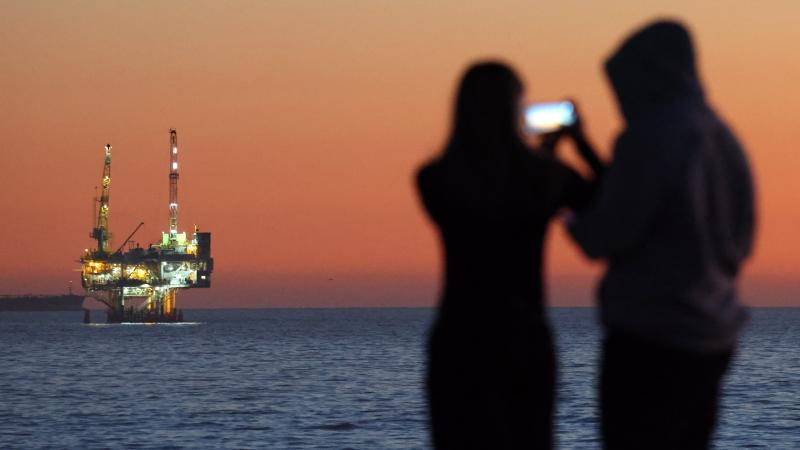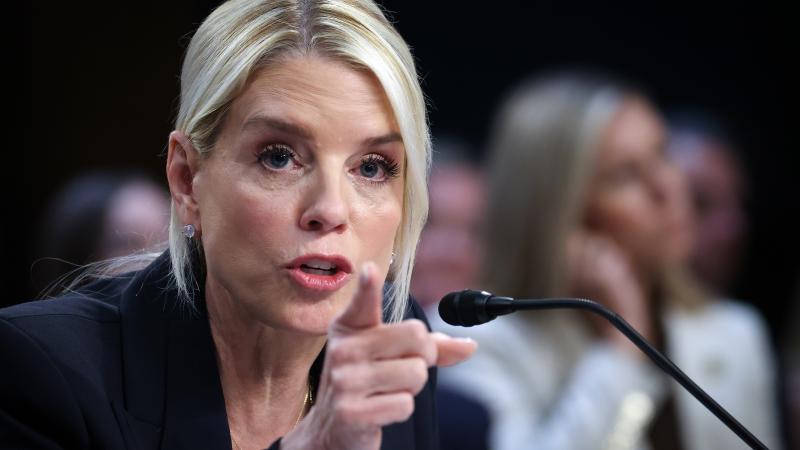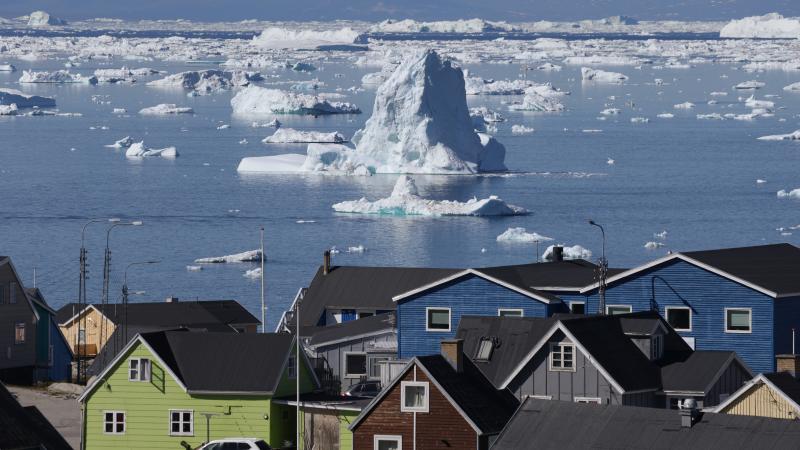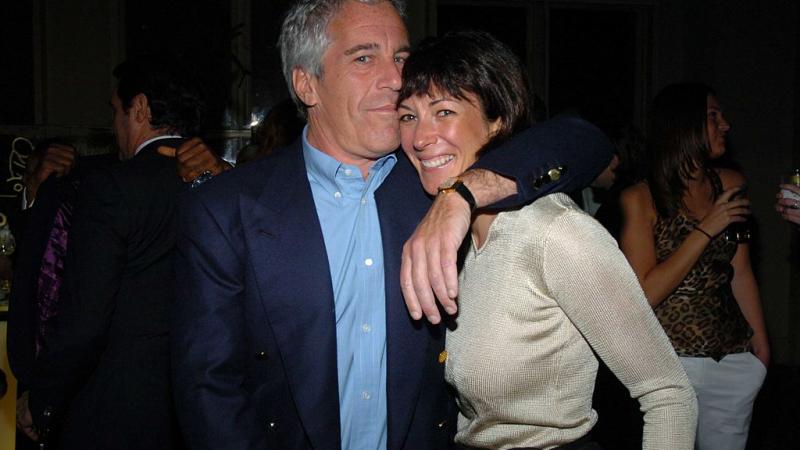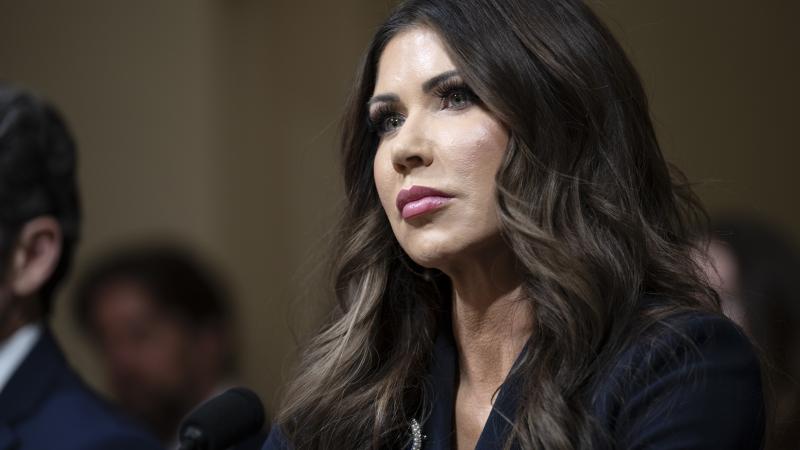Despite mounting proof that offshore wind hurts whales, the media, feds and activists deny harm
A Rutgers professor emeritus of computer science used computer software to show the location of whale deaths directly corresponds to the traffic of vessels used in offshore wind development.
Multiple researchers are finding evidence that an uptick in whale deaths over the last several years on the East Coast is most likely caused by offshore wind development projects. While the evidence mounts, environmental groups and federal agencies continue to deny any connection exists.
Greenpeace, which was founded on a crusade to save whales, insists the connection between whale deaths and offshore wind is all “lies about wind energy.” The National Oceanic and Atmospheric Administration says that “at this point, there is no scientific evidence that noise resulting from offshore wind site characterization surveys could potentially cause whale deaths.”
The media too, have been dismissive of any connection. The Associated Press, which receives millions of dollars from anti-fossil fuel groups like the Rockefeller Foundation in support of its climate and energy reporting, reported in December that the claims that offshore wind developments are harming whales is “unfounded.”
“Experts say there’s no evidence that limited wind farm construction on the Atlantic Coast has directly resulted in any whale deaths, despite politically motivated statements suggesting a link,” four AP reporters claimed.
Later in the article, after ruling out any consideration of offshore wind development, the AP reporters claim that the exact causes are "unknown." The biggest threats, they explain, are shipping collisions, entanglement with fishing gear and climate change.
Mounting evidence
Apostolos Gerasoulis, a Rutgers professor emeritus of computer science, has gathered evidence the media, federal agencies and environmental groups ignore. Gerasoulis built a software system to identify connections between dead whales and offshore wind survey vessels.
“Absolutely, 100%, offshore wind kills whales,” the scientist told the Daily Mail.
The survey vessels use loud blasts of sonar sound to map the seabed floor in preparation for the installation of high-voltage cables and monopiles, which are hundreds of feet tall with an over 30-foot diameter. The monopiles are pounded into the seabed with specialized ships.
NOAA data, according to the Daily Mail, shows that humpback whale deaths in New York, New Jersey and Rhode Island waters went from an average of two per year before 2016, when wind developers’ sonar vessels began mapping the seabed. Then deaths went to an average of 10 in the years since the activity began. Last year, 20 whales were found dead in the region.
Gerasoulis used his software system — named after a 41-foot humpback whale, Luna, who was found in Long Island, New York in 2023 — to map the traffic patterns of sonar vessels and the location of dead humpback whales. The statistical tests on the Luna system, according to the Daily Mail, show that there’s a statistically significant connection between the two.
“I and others have been yelling at NOAA about this for two years. It is not a stunning discovery to us, just tragic proof that we were right,” David Wojick, senior policy advisor for a Committee for a Constructive Tomorrow, told Just the News.
Gerasoulis’ research is not the only scientific evidence showing a connection and being ignored.
Frank Thomsen, principal scientist with more than 25 years studying the effects of noise on aquatic life, was the lead author on a study that found that operational noise – the sounds the turbines make after construction – could be impacting whales.
Robert Rand, founder of the acoustics consultancy company Rand Acoustics, has surveyed noise levels from pile driving and sonar survey vessels. Both studies found that the incidental harassment authorizations, which are permits that offshore wind developers are required to obtain to conduct activities that might threaten marine animals, don’t impose sufficient mitigation requirements to protect marine animals.
Rand has told Just the News that he’s communicated his findings to federal agencies and gotten nothing in the way of a response.
There are two types of harassment under federal law — Level A and Level B. Level A has the “potential to injure a marine mammal or marine mammal stock in the wild” and Level B has the same potential but could cause injury. Activities that cause these impacts are illegal, without the authorizations.
“The press has consistently ignored this issue — the adverse effects of ‘harassment,’ as it is officially called. That widespread acoustic harassment is predicted and authorized by NOAA is never mentioned,” Wojick said.
Community concerns
While these researchers’ evidence is ignored, residents who live in the coastal communities who are directly affected by the projects — many of whom are also concerned about the whales — are also ignored.
Christina Tisi-Kramer, a photographer in Long Island, New York, lives a block from the beach. She runs a Facebook group called Protect Our Coasts — LINY, where concerned residents of the community post information on offshore wind. Tisi-Kramer told Just the News got involved in the issue last year when she received a notice in the mail saying that an offshore wind developer was going to build a 400,000-volt transmission cable in front of her house. The letter invited the household to come to a meeting to learn more about the project.
“So we [she and her husband] go to this meeting, and it's all about these wind turbines. I didn't know that the electricity had anything to do with the turbines. We learned just a little bit about this project, and we’re like, ‘this is a bad project,” Tisi-Kramer said.
She said the impacts of offshore wind — which includes not just whales but also impacts to the viewshed, electricity rates, and grid reliability — are hard to justify.
“It's an investment that's going to hurt our communities,” she said. She said developers have deep pockets, and they’re using that money to influence the public, which is why these concerns are so often ignored.
“It's always about money. It's always about connections. It's always about investments,” Tisi-Kramer said.
She points to a document from Save Right Whales Coalition that compiled the donations that national and East Coast environmental groups have received from the offshore wind industry. The 19 groups highlighted in the report have all supported offshore wind development, and they received donations ranging from as little as $5,000 to as much as $500,000 over the past few years.
Federal agencies are likely under pressure to keep the offshore wind development rolling. President Joe Biden has made the development of 30 gigawatts of offshore wind by 2030 a central part of his climate agenda, and likely Democratic candidate Kamala Harris has not addressed the issue.
With the federal government, media and environmental groups on board with the goal, it could be some time before researchers like Gerasoulis get any attention. The Daily Mail reported on Gerasoulis’ findings on July 14, and so far, not a single legacy media outlet reported on the computer scientist’s findings. Wojick, who is a civil engineer with a Ph.D., said the findings are solid evidence there’s a problem.
“It took a computer guru because it is a computer math problem. He geographically logged all of the deaths and all of the sonar blasting routes then looked at the correlations, which are profound. It is statistically impossible that these correlations between sonar blasting and dead whales are just a coincidence,” Wojick said.
The Facts Inside Our Reporter's Notebook
Documents
Links
- lies about wind energy
- there is no scientific evidence
- receives millions of dollars from anti-fossil fuel groups
- reported in December
- scientist told the Daily Mail
- hundreds of feet tall
- pounded into the seabed
- Committee for a Constructive Tomorrow
- lead author on a study
- could be impacting whales
- Rand Acoustics
- pile driving
- sonar survey vessels
- Rand has told Just the News
- Protect Our Coasts â LINY
- 30 gigawatts of offshore wind

